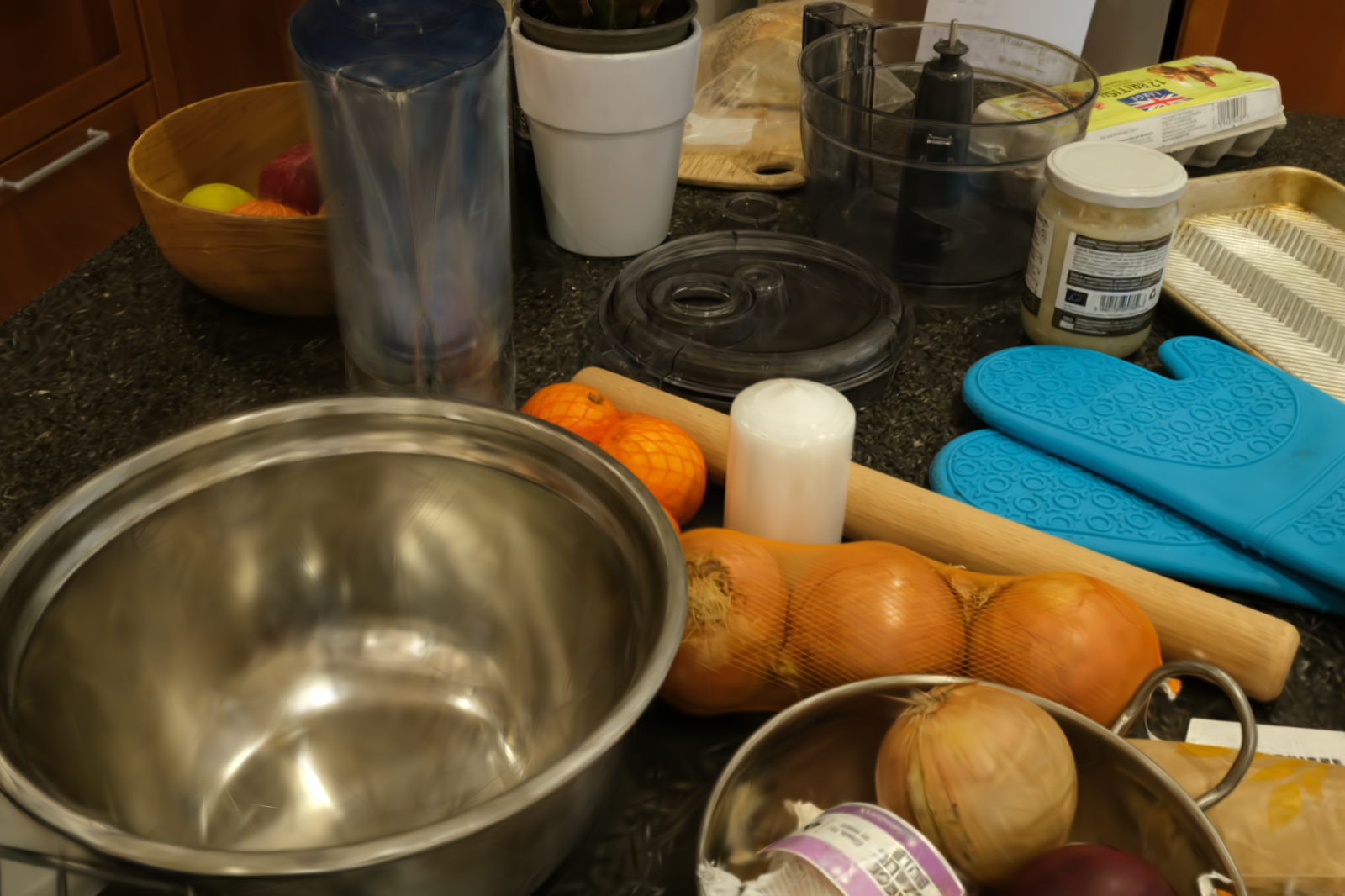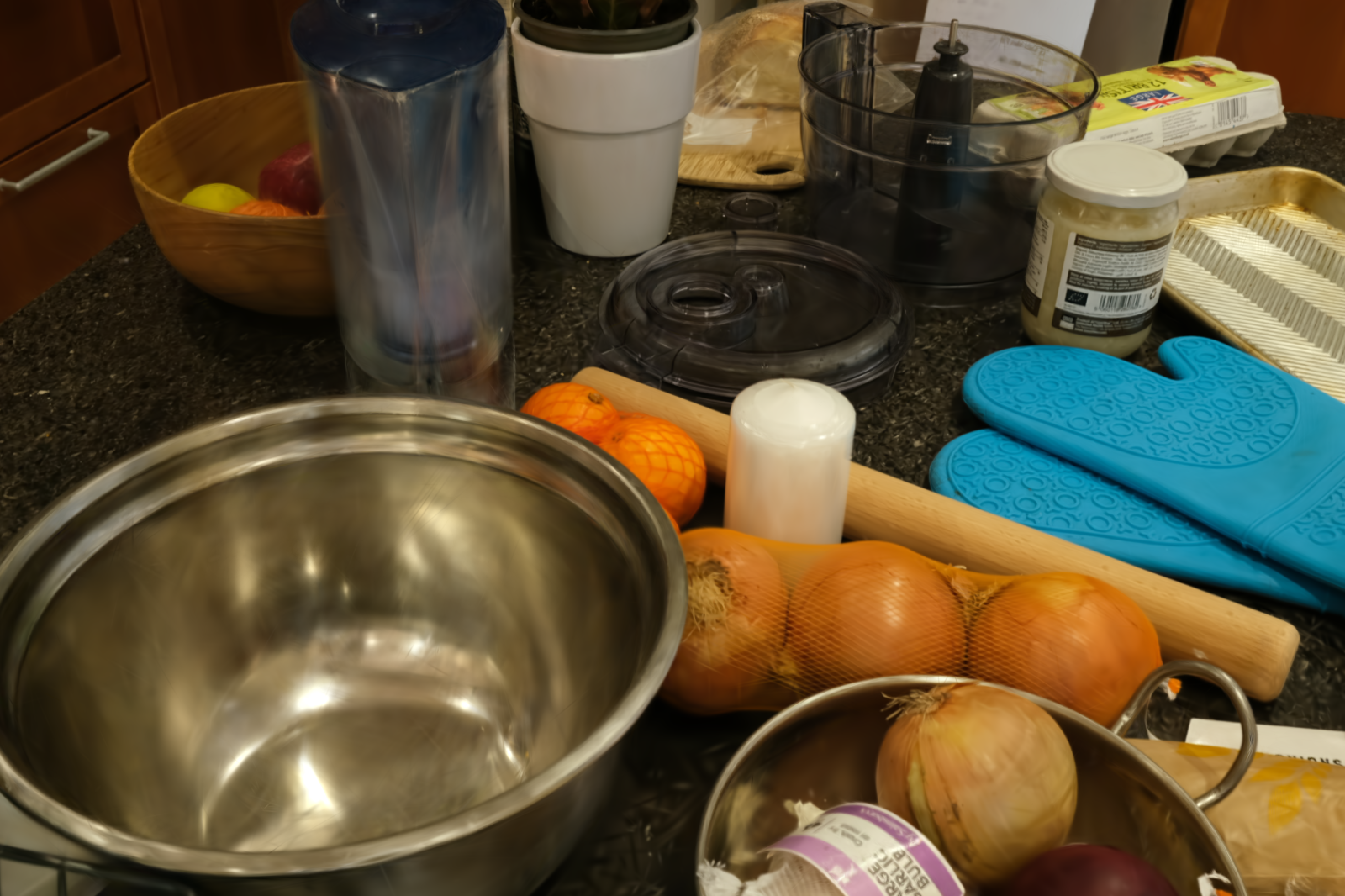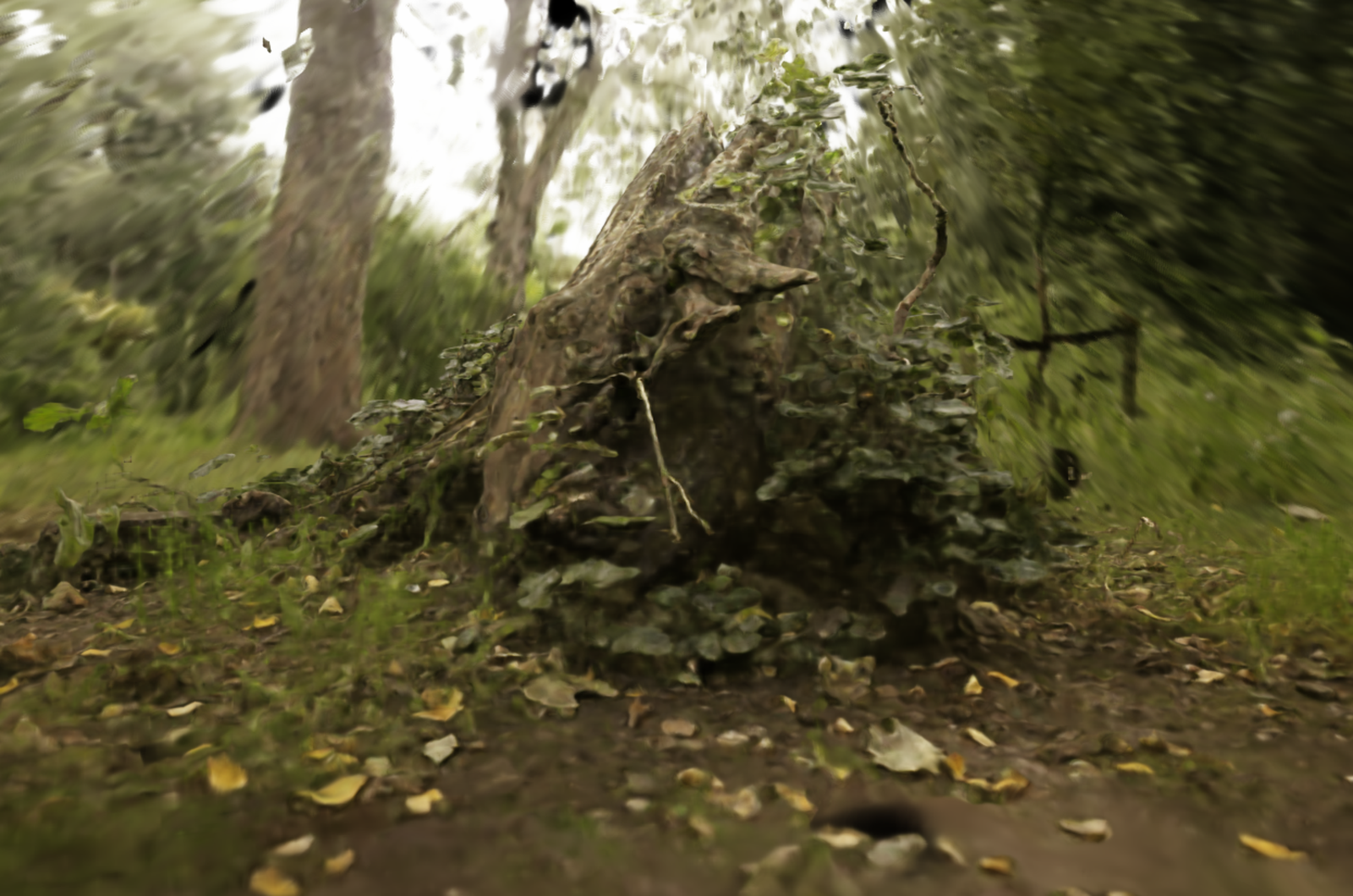



The caption displays both the file size and the Structural Similarity Index (SSIM)
Recent advancements in real-time neural rendering using point-based techniques have paved the way for the widespread adoption of 3D representations. However, foundational approaches like 3D Gaussian Splatting come with a substantial storage overhead caused by growing the SfM points to millions, often demanding gigabyte-level disk space for a single unbounded scene, posing significant scalability challenges and hindering the splatting efficiency.
To address this challenge, we introduce LightGaussian, a novel method designed to transform 3D Gaussians into a more efficient and compact format. Drawing inspiration from the concept of Network Pruning, LightGaussian identifies Gaussians that are insignificant in contributing to the scene reconstruction and adopts a pruning and recovery process, effectively reducing redundancy in Gaussian counts while preserving visual effects. Additionally, LightGaussian employs distillation and pseudo-view augmentation to distill spherical harmonics to a lower degree, allowing knowledge transfer to more compact representations while maintaining scene appearance. Furthermore, we propose a hybrid scheme, VecTree Quantization, to quantize all attributes, resulting in lower bitwidth representations with minimal accuracy losses.
In summary, LightGaussian achieves an averaged compression rate over 15× while boosting the FPS from 139 to 215, enabling an efficient representation of complex scenes on Mip-NeRF 360, Tank & Temple datasets.

The overall pipeline of LightGaussian. 3D Gaussians are optimized from multi-view images and SfM points. LightGaussian first calculates the global significance for each Gaussian on training data, where Gaussians with the least significance are pruned. A subsequent distillation with synthesized pseudo-views is introduced to transfer the SH into a compact format. Vector quantization, consisting of codebook initialization and assignment, is further introduced for reducing the model bandwidth.

Result on Mip-NeRF 360 datasets








@misc{fan2023lightgaussian,
author = {Zhiwen Fan and Kevin Wang and Kairun Wen and Zehao Zhu and Dejia Xu and Zhangyang Wang},
title = {LightGaussian: Unbounded 3D Gaussian Compression with 15x Reduction and 200+ FPS},
year ={2023},
eprint ={2311.17245},
archivePrefix={arXiv},
primaryClass={cs.CV},
}